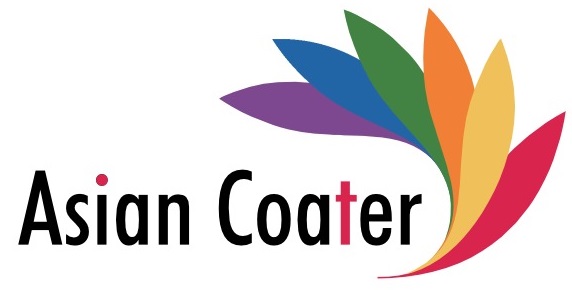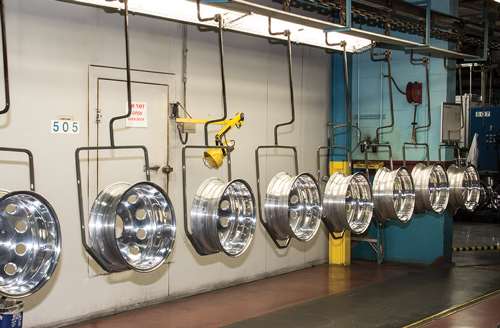Powder Coating for Automobile
Powder coating is a dry finishing process widely used in the automotive industry to apply durable and attractive coatings to various vehicle components. By electrostatically charging and spraying finely ground particles of pigment and resin onto surfaces, powder coating forms a tough, uniform finish that provides excellent corrosion resistance, abrasion resistance, and impact resistance. This environmentally friendly method emits minimal volatile organic compounds (VOCs) and offers versatility in color and finish options, allowing for customization to suit individual preferences. Applied to components such as wheels, chassis, bumpers, and trim pieces, powder coating ensures long-lasting performance even under harsh environmental conditions. With proper surface preparation and curing, powder coating delivers superior durability, making it a preferred choice for both original equipment manufacturers (OEMs) and automotive enthusiasts seeking high-quality finishes.
Overview of how powder coating is utilized for automobiles:
Process Overview: Powder coating is a dry finishing process where finely ground particles of pigment and resin are electrostatically charged and sprayed onto a surface. The charged particles adhere to the surface and are then cured under heat, forming a tough, durable, and uniform coating.
Benefits: Powder coating offers several advantages over traditional liquid paint finishes. It provides excellent corrosion resistance, abrasion resistance, and impact resistance, making it ideal for automotive applications where parts are subjected to harsh conditions. Additionally, powder coating is environmentally friendly, as it emits little to no volatile organic compounds (VOCs) during the application process.
Applications: Powder coating can be applied to a wide range of automotive components, including wheels, chassis, frames, bumpers, grilles, trim pieces, and engine parts. It is commonly used for both aesthetic purposes, such as custom color finishes, as well as functional purposes, such as corrosion protection.
Customization: One of the significant advantages of powder coating for automobiles is its versatility in terms of color and finish options. Powder coatings are available in a vast array of colors, textures, and special effects, allowing car enthusiasts to customize their vehicles to their exact preferences.
Durability: Powder coating is renowned for its exceptional durability and resistance to chipping, scratching, fading, and UV damage. This makes it particularly well-suited for exterior automotive applications where long-term performance is essential.
Preparation: Proper surface preparation is critical for achieving optimal adhesion and durability with powder coating. Automotive parts must be thoroughly cleaned and pre-treated to remove any contaminants, oils, or surface imperfections before the powder coating process begins.
Application Techniques: Powder coating can be applied using various techniques, including electrostatic spraying, fluidized bed dipping, and electrostatic fluidized bed deposition. Each method offers unique advantages depending on the size, shape, and material of the automotive parts being coated.
Curing: After the powder coating is applied, the coated parts are cured in a specialized oven at high temperatures typically ranging from 300°F to 450°F (150°C to 230°C). The curing process melts and fuses the powder particles, forming a smooth, durable finish.

